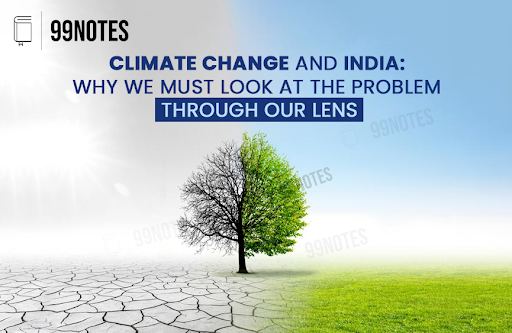Chapter 6: CLIMATE CHANGE AND ENERGY TRANSITION: DEALING WITH TRADE-OFFS
India, one of the fastest-growing economies, has only one-third of the global average carbon emission. India aims to achieve “Viksit Bharat” by 2047 and Net Zero carbon emissions by 2070. To achieve these goals, India focuses on High economic growth and Inclusive, environmentally sustainable development. The chapter reviews India’s initiatives and performance in addressing climate…







